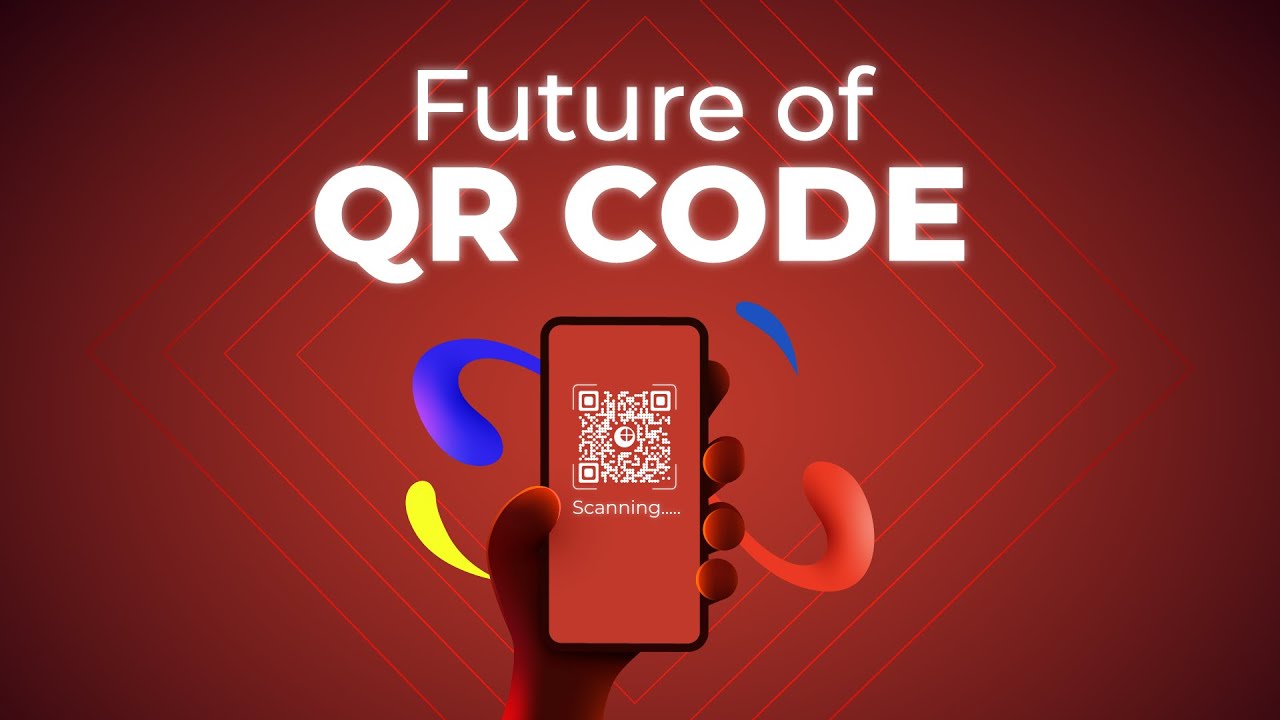I am excited to share my thoughts on the QR code future in this blog post. As someone who has witnessed the rise of this innovative technology, I am fascinated by its potential to bridge the gap between the physical and digital worlds. Through extensive research, I have discovered some insightful findings that shed light on the future of QR codes. Join me as I explore what the research says about this transformative “phygital” technology. Let’s dive in!
QR Code Future: What the Research Says About the Phygital Technology
Introduction
I have always been intrigued by the concept of technology bridging the gap between the physical and digital worlds. It seems like only yesterday that QR (Quick Response) codes were dismissed as a dying fad invented in 1994. However, today, these unique codes have become a ubiquitous part of our lives. From advertising campaigns to product packaging, QR codes are being used everywhere. In this article, I will explore the exciting future of QR codes, backed by research and real-world examples.
QR Codes: A Powerful Marketing Tool
QR codes have come a long way since their inception. They have evolved from being used solely for tracking inventory to becoming a powerful marketing tool. Dutch digital agency Born05 took QR codes to a whole new level when they created scarves embedded with unique QR codes. These codes, when scanned, redirected users to a customizable website where they could design their own scarves. This creative application of QR codes showcases just how versatile and engaging they can be.
QR Codes in Entertainment and Marketing
The entertainment industry has also embraced QR codes as a means to enhance fan experiences. During IPL 2022, viewers were encouraged to scan a QR code displayed on their screens. Upon scanning, they were redirected to a website where they could download the Dunzo application. This integration of QR codes with live sporting events demonstrates their potential for seamless and interactive marketing.
In another example, Marvel’s TV series Ms. Marvel incorporated QR codes directly into the storyline. Scanning these codes allowed viewers to access a digital comic book tied to the show. This innovative use of QR codes not only created a bridge between the physical and digital worlds but also enhanced the viewer’s engagement with the content.
QR Codes and the Future of Payment
The rise of digital payments is inevitable, and QR codes have become an integral part of this revolution. The QR code payments market is projected to reach over 35 billion dollars by 2030. More and more businesses, especially in emerging economies, are leveraging QR codes as a cost-effective and convenient payment solution. With the increasing adoption of smartphones and the prevalence of QR code scanning apps, this growth is expected to continue.
QR Codes and the Integration of Futuristic Technologies
The potential of QR codes goes beyond their use in marketing and payments. They are being integrated into futuristic technologies such as artificial intelligence (AI), virtual reality (VR), blockchain, and the digital twin concept. AI-powered QR code scanning can facilitate seamless information retrieval and authentication. VR experiences can be enhanced by incorporating QR codes into virtual environments. Blockchain can enable secure and transparent transactions through QR codes. The digital twin technology, which creates a virtual replica of physical objects, can benefit from QR codes by providing real-time data and interaction.
QR Code Labels: A Growing Market
The market for QR code labels is also on the rise. With the increasing need for inventory management and traceability, QR code labels are expected to grow at a compound annual growth rate (CAGR) of 8.9% from 2022 to 2027. These labels provide a simple and efficient way to track products, monitor their condition, and ensure authenticity.
To summarize, QR codes have transformed from a dismissed fad to a powerful and versatile tool. With their integration into various industries, their future looks promising. Whether it’s enhancing marketing campaigns, revolutionizing payment systems, or enabling futuristic technologies, QR codes are here to stay.
FAQs (Frequently Asked Questions)
-
What are QR codes?
- QR codes are two-dimensional barcodes that can be scanned using a smartphone or QR code reader app. They can contain various types of information such as URLs, contact details, or text.
-
How do I scan a QR code?
- To scan a QR code, open the camera app on your smartphone and point it towards the code. Alternatively, you can use a QR code scanning app.
-
Are QR codes secure?
- QR codes themselves are not inherently secure. However, the content they link to can vary in terms of security. It is essential to exercise caution when scanning QR codes from unknown sources.
-
Can QR codes be customized?
- Yes, QR codes can be customized with different colors, designs, and logos. However, it is important to ensure that the essential elements of the code remain intact for optimal scanning.
-
Can QR codes be used offline?
- Yes, QR codes can be used offline. They can contain information that can be accessed even without an internet connection. However, certain actions such as opening a website may require an internet connection.
Conclusion
As we delve into the future, QR codes continue to defy expectations and evolve into a powerful and versatile technology. From advertising to entertainment, payments, and beyond, they have become an integral part of our daily lives. With ongoing advancements and new research, the possibilities for the future of QR codes are limitless. So, embrace the phygital revolution and explore the endless potential of QR codes!
